#Kunsthalle Lissabon
Explore tagged Tumblr posts
Text

Laure Prouvost
Melting into one another ho hot chaud it heating dip
Kunsthalle Lissabon
February 21 – May 16, 2020
11 notes
·
View notes
Text
Lissabon: Street-Art - die Stadt als Kunstmuseum - Fotogalerie
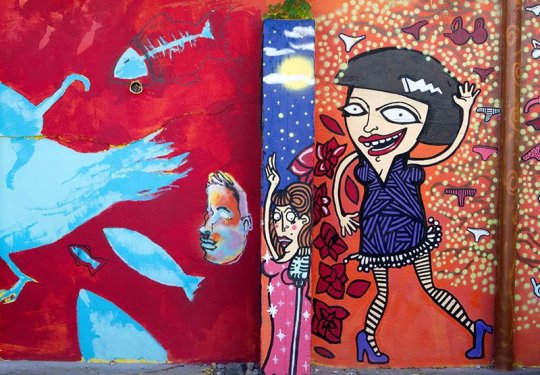
Wer in der Stadt am Tejo auf der Suche nach moderner Kunst ist, f��r den gibt es neben zahlreichen Museen auch in den Straßen und Metrostationen der portugiesischen Hauptstadt viele Kunstwerke zu entdecken. Ob bemalte Schiffsanleger, Hausfassaden oder Müllcontainer – die Street Art-Künstler verwandeln die Stadt in ein abwechslungsreiches Open-Air-Museum. So zählt die Tejo-Metropole durch den Kontrast zwischen historischen Fassaden und moderner Kunst mittlerweile europaweit zu einem der wichtigsten Orte der Street Art und zieht damit zahlreiche Touristen an. Die außergewöhnlichen und farbenfrohen Illustrationen, die teilweise ganze Geschichten erzählen, entdecken aufmerksame Beobachter nicht nur an Mauern und Hauswänden der Metropole, sondern auch in den Lissaboner Metro-Stationen. Viele namenhafte Künstler haben sich an der Gestaltung beteiligt: Die Station „Oriente“ ist dabei ein ganz besonderes Beispiel der Lissaboner Street Art. Im Rahmen der Weltausstellung 1998 wurde die U-Bahn-Haltestelle von elf internationalen Künstlern in eine Kunsthalle verwandelt, in der sich das Thema „Ozeane“ mit großen Wandmalereien widerspiegelt – mit dabei Friedensreich Hundertwassers „Unterwassersetzung von Atlantis“. Es sind vor allem die kleinen Details, die dem Lissaboner Untergrund die besondere Atmosphäre verleihen. So zieren zum Beispiel Märchenfiguren oder auch kleine Tierzeichnungen die verschiedenen Stationen, auch die landestypischen Kacheln „Azulejos“ sind an fast jeder Ecke zu finden. Interessierte können gesammelte Street Art-Werke in Galerien des Lissaboner Stadtviertels Amoreiras bestaunen. Diese bieten Künstlern einen Raum für ihre fantasievollen Werke und tragen dabei maßgeblich zur Popularität der Straßenkunst bei. Auch die Stadt unterstützt mittlerweile viele Projekte, mit dem Ziel, den Vandalismus in der Hauptstadt Portugals zu reduzieren und gleichzeitig die Straßenkunst zu fördern.
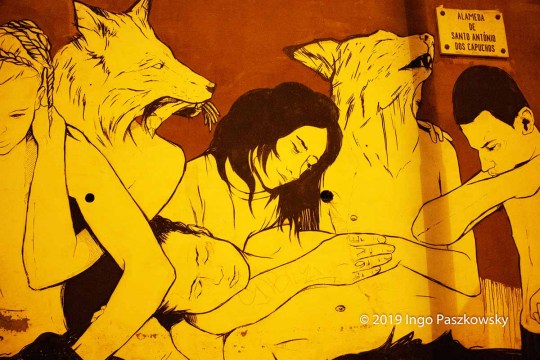
Ergreifende Wandbemalung in der Alameda de Santo Antonio dos Capuchos. / Foto: Ingo Paszkowsky

Street-Art in Lissabon / Foto: Stefanie Gendera

Lissabon. Streetart in Alameda de Santo Antonio dos Capuchos / Foto: Ingo Paszkowsky
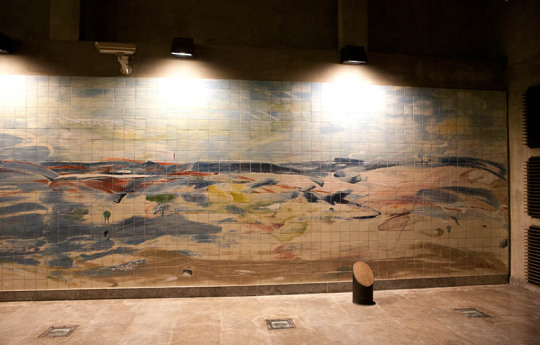
Viele U-Bahnstationen in Lissabon sind Kustobjekte. U-Bahnstation Oriente am Expo98-Gelände. Foto: Ingo Paszkowsky

Die Station „Oriente“ ist ein ganz besonderes Beispiel der Lissaboner Street-Art. Foto: Ingo Paszkowsky

Es sind vor allem die kleinen Details, die dem Lissaboner Untergrund die besondere Atmosphäre verleihen. Foto: Ingo Paszkowsky

Im Bahnhof Oriente. Foto: Ingo Paszkowsky
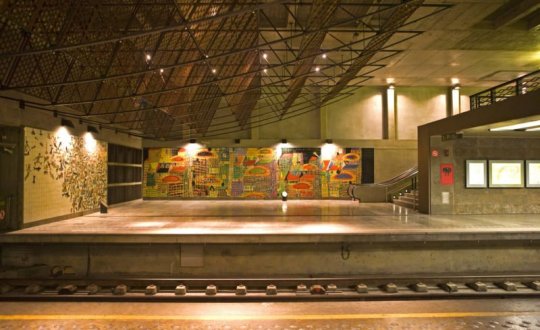
Im Rahmen der Weltausstellung 1998 wurde die U-Bahn-Haltestelle Oriente von elf internationalen Künstlern in eine Kunsthalle verwandelt, in der sich das Thema „Ozeane“ mit großen Wandmalereien widerspiegelt. Foto: Ingo Paszkowsky

Kachelmotiv im Bahnhof Oriente. Foto: Ingo Paszkowsky

Ob bemalte Schiffsanleger, Hausfassaden oder Müllcontainer – die Street-Art-Künstler verwandeln die Stadt in ein abwechslungsreiches Open-Air-Museum. Foto: Ingo Paszkowsky

Dieser Parkplatz und ehemalige Theaterhof hat es in sich: Die Wände sind Street Art verschönt. Foto: Ingo Paszkowsky

Street-Art in Lissabon. Foto: Ingo Paszkowsky

Lissabon verfügte über eine rege Theater-Szene. Foto: Ingo Paszkowsky

Street-Art in Lissabon. John Wayne inspirierte auch diesen Künstler / Foto: Ingo Paszkowsky

Street-Art in Lissabon. Foto: Ingo Paszkowsky
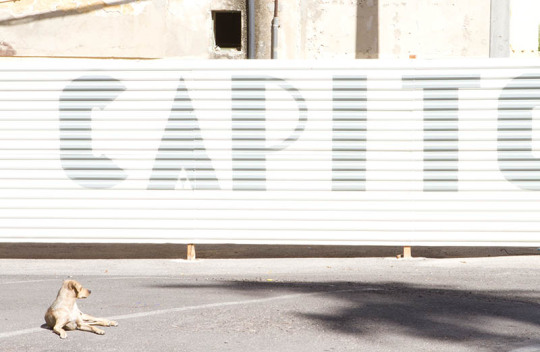
Dieser Hund genießt die Sonne im Künstlerviertel in Lissabon. Foto: Ingo Paszkowsky
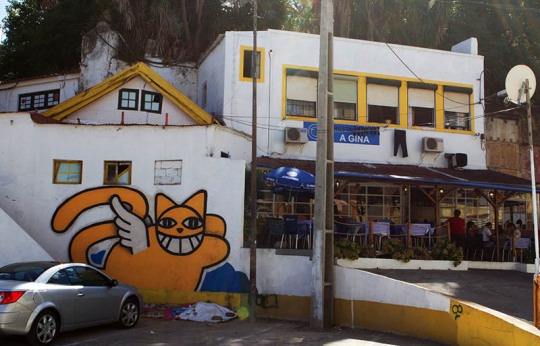
Street-Art in Lissabon. Foto: Ingo Paszkowsky
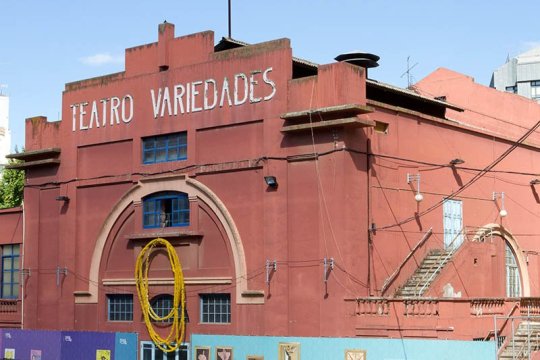
Das Teatro Variedades im Parque Mayer in Lissabon in Nähe der Avenida da Liberdade. Foto: Ingo Paszkowsky

Foto: Ingo Paszkowsky

Street-Art im Fußgängertunnel in der Nähe der Brücke des 25. April. / Foto: Ingo Paszkowsky
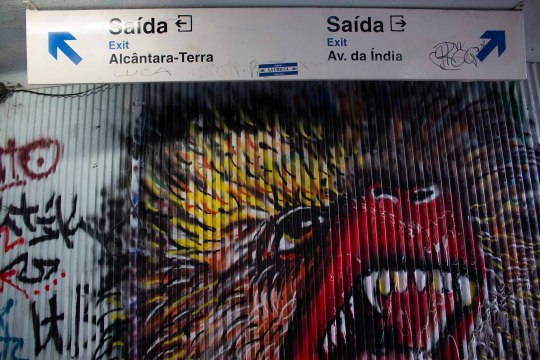
Lissabon: Fußgängertunnel in der Nähe der Brücke des 24. April zur Lx Factory / Foto: Ingo Paszkowsky

Lissabon. Fußgängertunnel in der Nähe der Brücke des 24. April

Street-Art im Parque Mayer in Lissabon. Foto: Ingo Paszkowsky
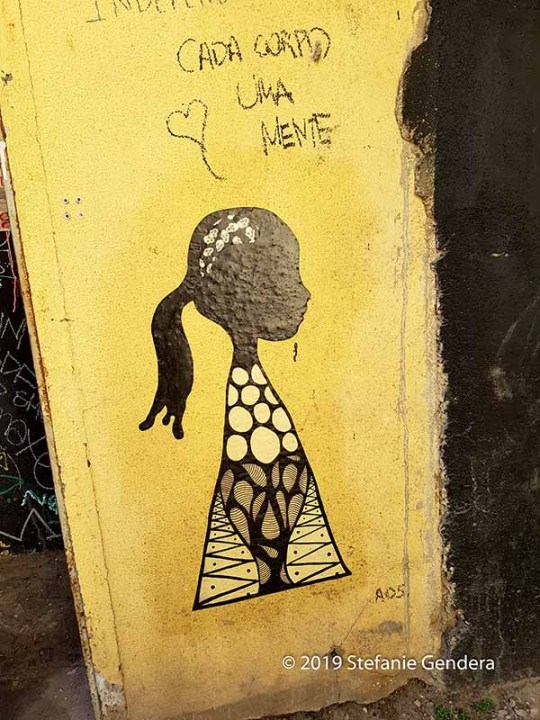
Lx Factory Lissabon / Foto: Stefanie Gendera

Lx Factory Lissabon / Foto: Stefanie Gendera
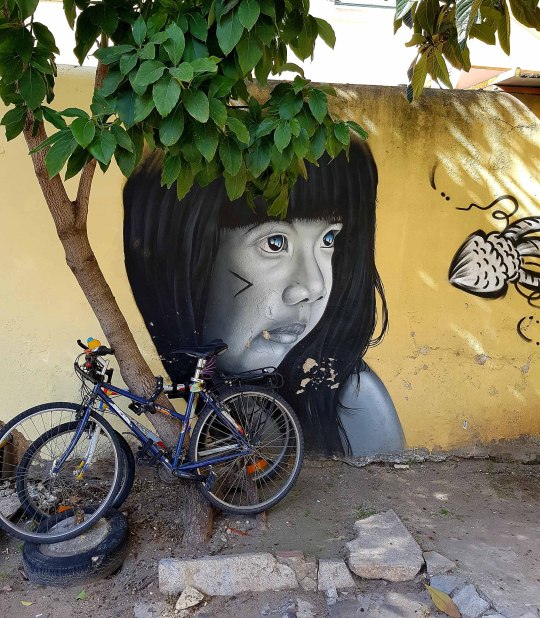
Lx Factory Lissabon / Foto: Stefanie Gendera

Waschbär von Bordalo II. Kunstwerk in der Nähe der Rua Dom Lourenco de Almeida. Foto: Ingo Paszkowsky
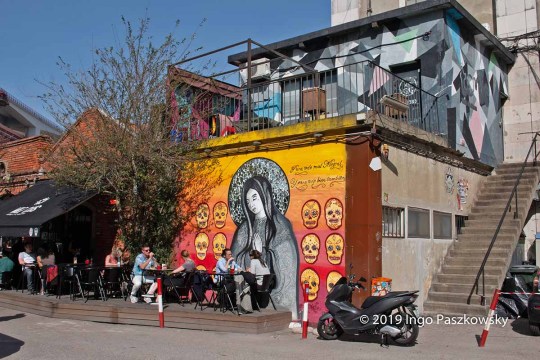
LX Factory Lissabon: viele Restaurants, Galerien und Shops
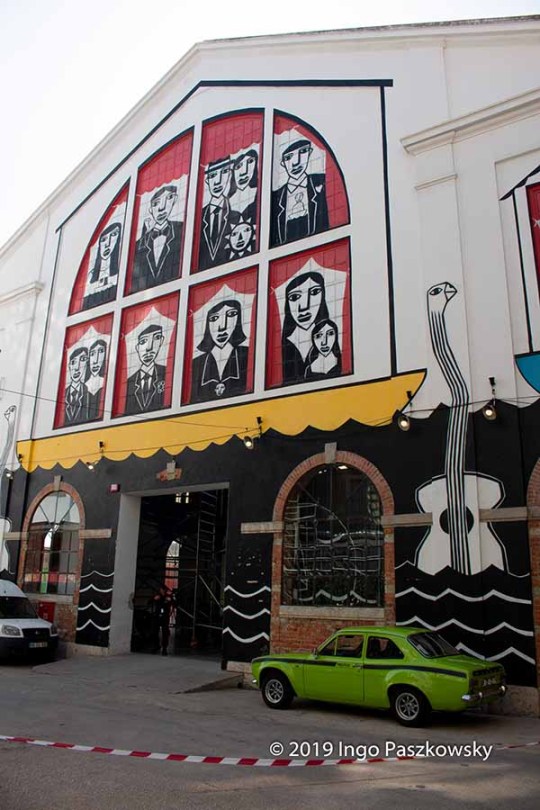
LX Factory Lissabon. / Foto: Ingo Paszkowsky
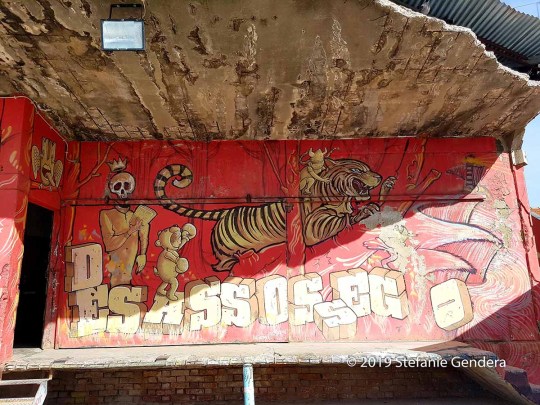
Lx Factory Lissabon / Foto: Stefanie Gendera
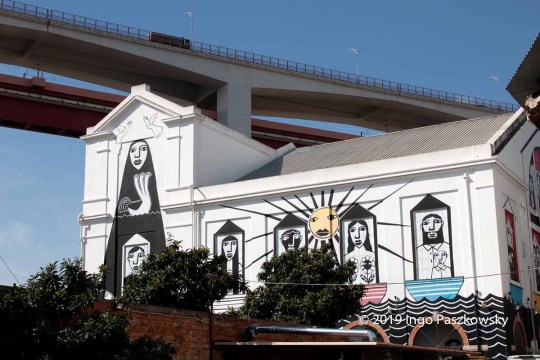
LX Factory Lissabon. / Foto: Ingo Paszkowsky

Lx Factory Lissabon / Foto: Stefanie Gendera

Lx Factory Lissabon / Foto: Stefanie Gendera
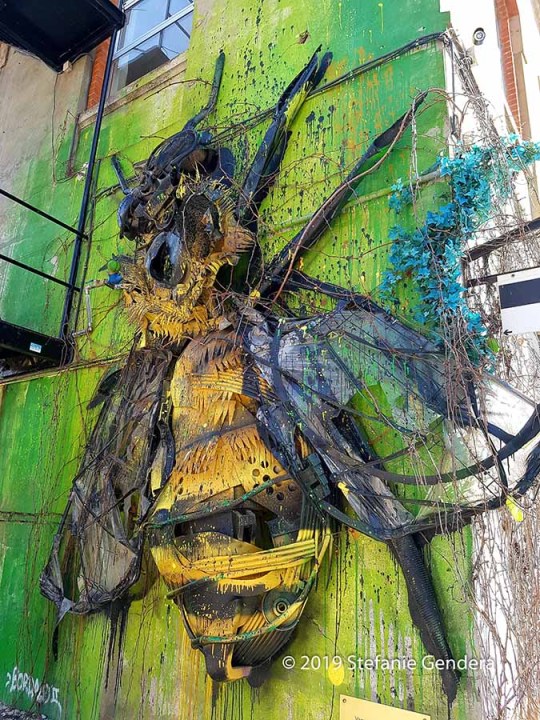
Lx Factory Lissabon. Kunst-Insekt von Bordalo II / Foto: Stefanie Gendera

Village Underground / Foto: Stefanie Gendera

Grafitti in Lissabon / Foto: Ingo Paszkowsky
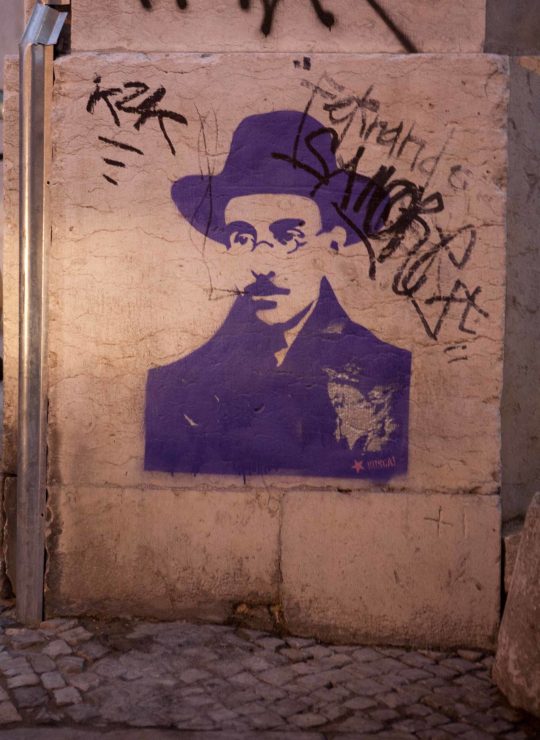
Bairro Alto Rua do Alcaide Titelfoto: Ingo Paszkowsky
Das könnte Dich auch interessieren...
Read the full article
12 notes
·
View notes
Text




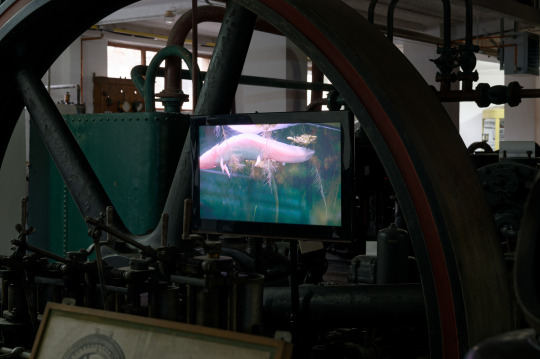
Mood Keep (2018) Alice dos Reis
Video 13:51 min Directed and Edited by: Alice dos Reis With: Alice dos Reis, Bin Koh, Danae Io Text and Voice: Alice dos Reis Sound: Emile Frankel Camera: Alice dos Reis, Wyatt Niehaus
Mood Keep focuses on the critically endangered Mexican axolotl, a water creature with regenerative abilities that refuses to metamorphose into maturity. In the film, set in the near future, the world population of captive axolotl has had enough of the aggressive electric lights of their aquariums. Communicating via wireless waves and watching anime telepathically, they decide to develop eyelids to shut their eyes, reclaim the agency of their bodies and encourage empathic communication.
In charting the connections between the axolotl’s post-colonial history, unique - almost unearthly - biology, and recent online popularity as one of the world’s cutest creatures, the work seeks to trace the prevalence of cute imagery in contemporary semiotics.
Alice dos Reis is an artist and filmmaker. She has exhibited, solo and in group, at the Serralves Museum for Contemporary Art (Porto), Kunsthalle Lissabon (Lisbon), Gallerie D’Italia (Torino), 5th Istanbul Design Biennale (Istanbul), RADIUS CCA (Delft), Porto Municipal Gallery (Porto), PuntWG (Amsterdam), Display (Prague), Gallery and Lehmann + Silva, among others. Her films have been shown at the Palais de Tokyo (Paris), EYE Film Museum (Amsterdam), Platform Vdrome, and Museum of the Moving Image (NYC), as well as in various international film festivals. Recently Alice was a recipient of Fundacion Botin Visual Arts Grants (2022-2023). She co-runs Pântano Books, an independent poetry press.
0 notes
Text
La Chola Poblete at Kunsthalle Lissabon
http://dlvr.it/SnznFK
0 notes
Photo

Sheroanawe Hakihiiwe at Kunsthalle Lissabon
87 notes
·
View notes
Photo



Cacio e Pepe is a pasta dish from Roman cuisine. "Cacio e pepe" means "cheese and pepper" in several central Italian dialects. The ingredients of the dish are very simple, Ilaria and Andrea wrote a very accurate recipe, so do not overcook your pasta and don’t forget to add salt in the water!
Buon appetito!
2 notes
·
View notes
Text
Interviewed
Artribune Interviewed by Giulia Ronchi 09.2020

0 notes
Text
Autumn, de Joana Escoval e Hetamoé
Autumn, de Joana Escoval e Hetamoé #bandasdesenhadas

Autumn é lançado no dia 6 de dezembro.
No dia 6 de dezembro, ocorre o lançamento de uma obra, fruto de uma de banda desenhada colaboração de Hetaomé com a artista plástica Joana Escoval. Trata-se de um pequeno livro de artista em formato manga, desenhado por Hetamoé, com argumento de Escoval, intitulado Autumn. The Wind in the Tree, The Wind in the Water. É publicado pela Kunsthalle Lissabon,…
View On WordPress
0 notes
Photo

Musa paradisíaca (Eduardo Guerra e Miguel Ferrão)
Couve [Cabbage], 2014
Painted pitch 13 x 13 x 7 cm
Machines’ audition
Kunsthalle Lissabon
May 10 – June 28, 2014
47 notes
·
View notes
Photo

Manuel Solano Jacuzzi 2021, Installation View, Kunsthalle Lissabon
18 notes
·
View notes
Photo

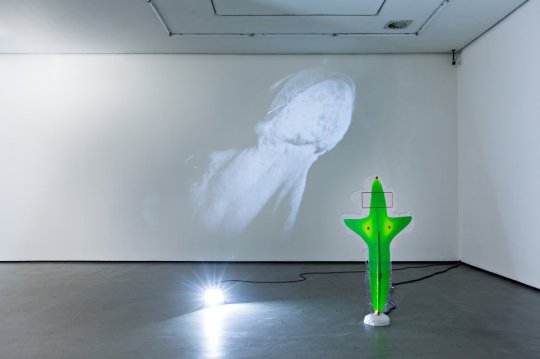
Katja Novitskova (*1984 in Tallinn, Estonia; lives and works in Amsterdam and Berlin) studied Semiotics and Cultural Studies at the University of Tartu, Digital Media at the University of Lübeck and graphic design at Sandberg Instituut in Amsterdam. In her still young artistic career she has participated in exhibitions at the Museum of Modern Art in New York, Kunsthalle Fridericianum in Kassel, Kunsthalle Lissabon and the Kunsthalle Wien. She is amongst this year’s nominees for the Prize of the Böttcherstraße in Bremen and Nam June Paik Award 2016. In 2017 she will represent Estonia at the 57th Biennale di Venezia.
67 notes
·
View notes
Text

Trevor Shimizu: Performance Artist — ICA at Kunsthalle Lissabon, Portugal (Nov 20, 2019 – Feb 1, 2020)
27 notes
·
View notes
Photo

Emily Roysdon (Maryland, 1977)
0 notes
Photo


https://www.contemporaryartlibrary.org/project/beauty-codes-order-disorder-chaos-act-ii-at-kunsthalle-lissabon-15119
0 notes
Photo

Trevor Shimizu at Kunsthalle Lissabon
#Alex Klein#Dorothy & Stephen R. Weber#Exhibitions#Institution#Kunsthalle Lissabon#Lisbon#Portugal#Trevor Shimizu
101 notes
·
View notes
Photo




Pasta e Patate is a typical Neapolitan dish.
A very poor and old recipe that has changed over the years. This recipe still represents a typical Neapolitan attitude: even in a condition of extreme poverty, everybody needs to enjoy a great abudance of food.
0 notes